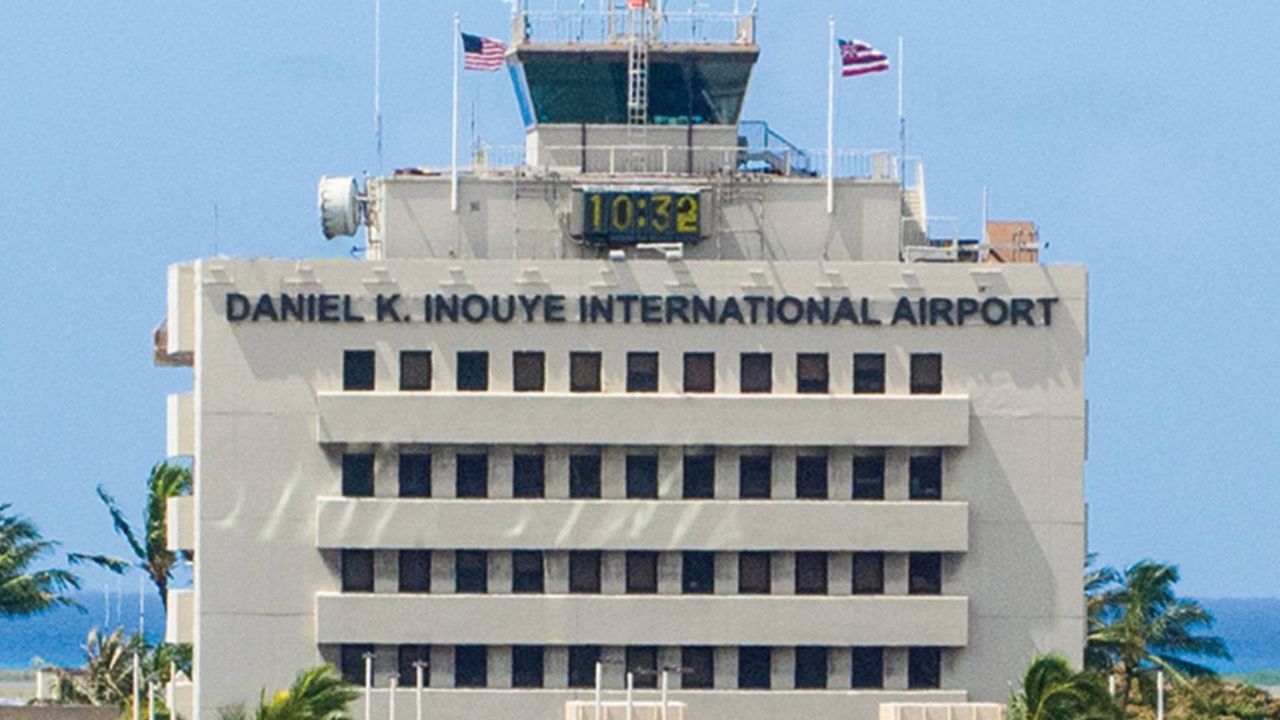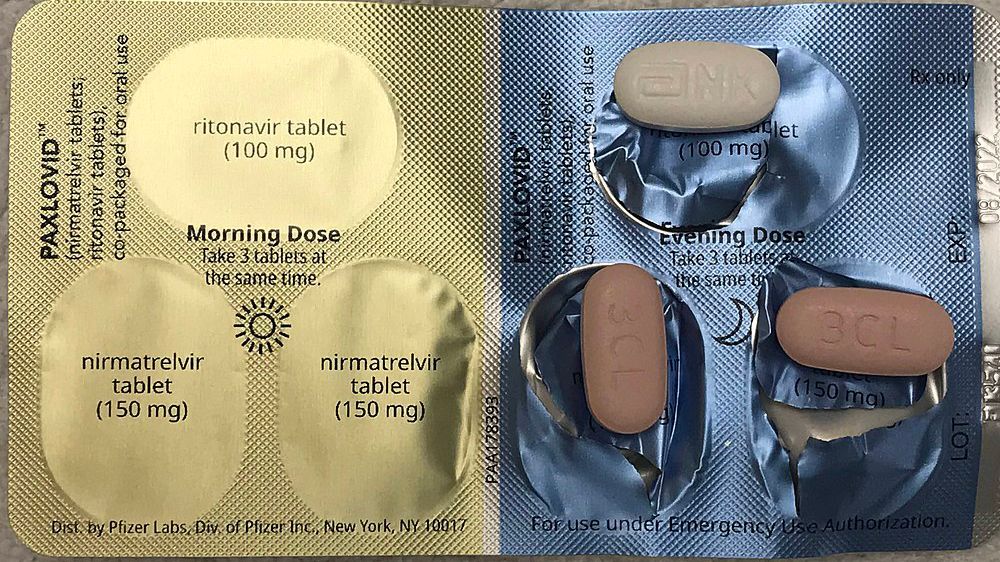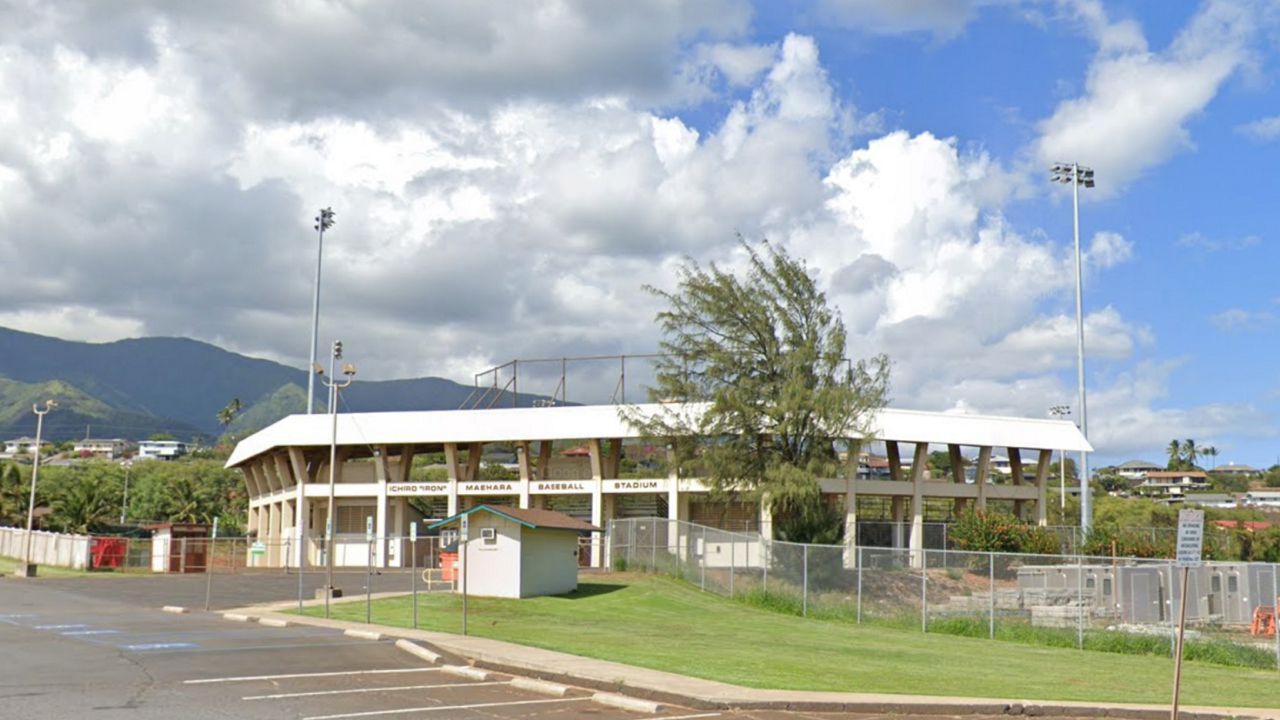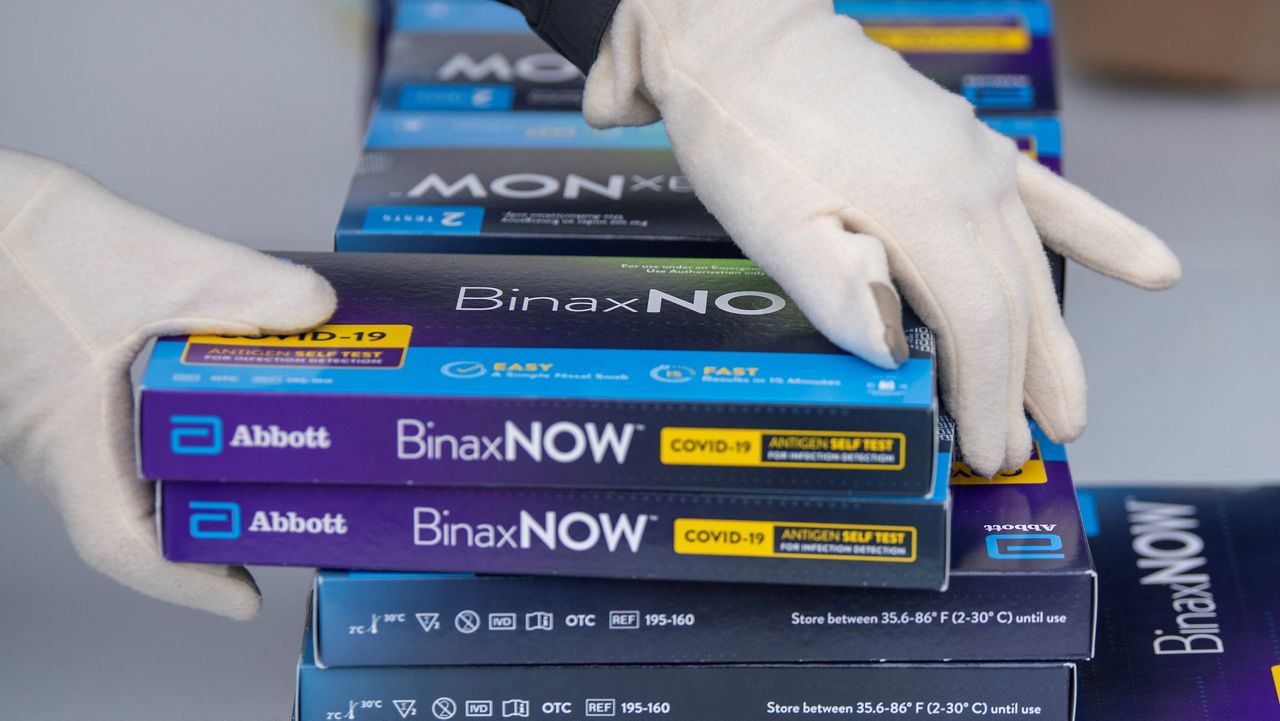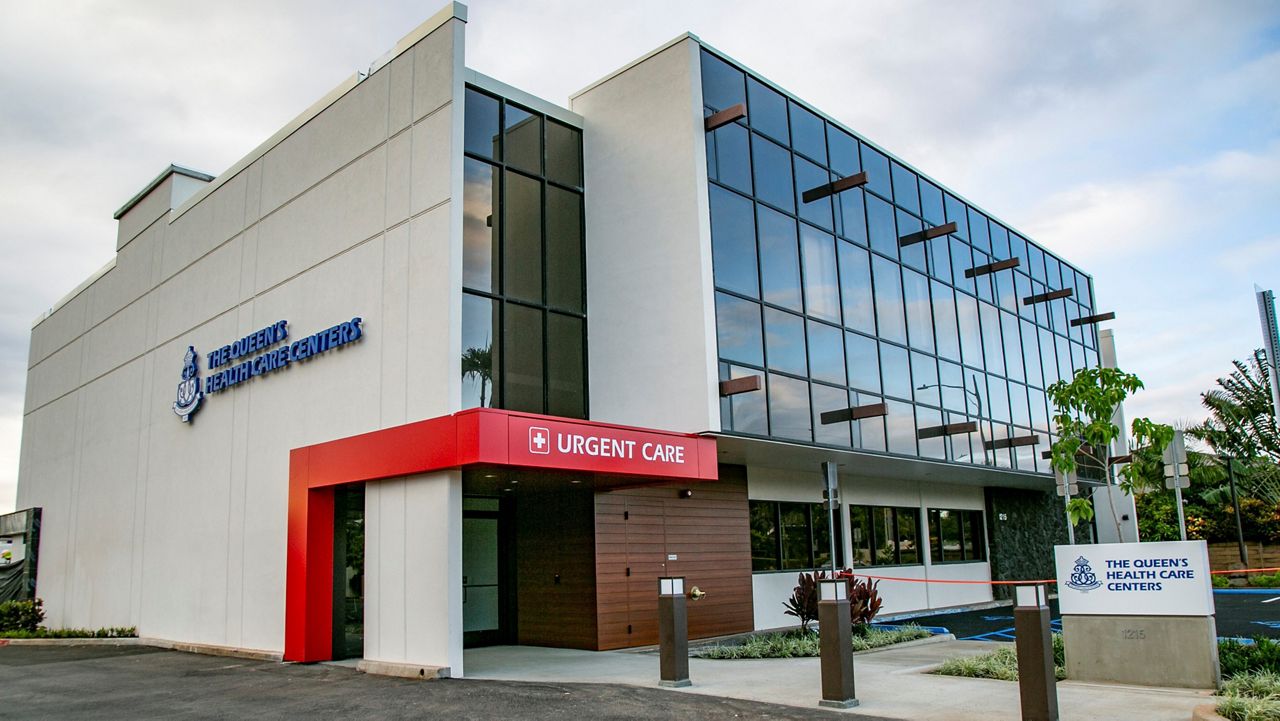HONOLULU — As of Jan. 19, the Daniel K. Inouye International Airport testing location will expand to a 12-hour operation, according to the City and County of Honolulu. Hours of operation will be 9 a.m.-9 p.m. every Monday, Wednesday and Friday; all other days will continue with the regular 9 a.m.-5 p.m. hours.
The National Kidney Foundation of Hawaii, funded by the City and County of Honolulu, conducts the testing at the airport. The public can register at this site. For Information on the testing program, call 808-501-1909 or email support@preventcovidhi.com.
In order to provide free COVID-19 tests to Americans nationwide, the federal government has purchased one billion at-home, rapid COVID-19 tests. Every home is eligible to receive one order that contains four individual rapid antigen COVID-19 tests. According to the USPS.com site, orders will be shipped for free beginning late January. Place your order here.
Special note for addresses that have a letter next to the number: it may be necessary to add the letter at the end of the address line. An example: “123B Aloha Street” may need to be listed as “123 Aloha Street Apt. B.”
The Safe Access Oahu program accepts at-home antigen tests that have the Emergency Use Authorization from the U.S. Food & Drug Administration. Verification methods include, but are not limited to: a screenshot of the app with the test result for at-home tests that have app components; a receipt for a test of the same brand within the required timeframe; a photo of the result with time/date included. For more information on Safe Access Oahu program, visit the website.
For a list of pop-up COVID-19 testing sites and testing providers near you, click here. Some sites allow for walk-ins, others require an appointment.
At a press conference held Wednesday, Mayor Rick Blangiardi said despite the hospitals being “pushed” due to the recent rise in cases, they’ve been able to remain to hold “pretty steady.”
Jill Hoggard Green, Queen’s Health Systems president and CEO acknowledged the recent high COVID-19 cases and said it’s important to test. When people get tested and find they have COVID-19, they can begin to take care of themselves while communicating with the doctor, and “stay as well as possible.”
What’s different today compared to three to four months ago, said Green, is that omicron transmits faster and many more people get it, but few of those who go into the hospital after being vaccinated and getting the booster, stay in the hospital. Those who haven’t been vaccinated may go into the hospital, get “very, very ill” and end up in the ICU.
She emphasized that it was important to get vaccinated and booster shots, “because boosting makes a very big difference, and then for the next week or two while this transmission is still going on, it’s important for you to keep your bubble closed.” She stressed that people should wear masks, continue social distancing, get testing if they experience any symptoms and continually screen themselves even if not exhibiting any symptoms.
“We are fighting. Our caregivers are working incredibly hard,” said Green. “The real impact on omicron and the hospitals, it’s been on our people, and that’s the biggest difference.” Getting the added medical workers through the Federal Emergency Management Agency have helped and the “first wave” are already in the hospitals. “You can help us by staying well.”
Ray Vara, Hawai‘i Pacific Health president and CEO, echoed Green’s recommendation for getting vaccinated, getting the booster, wearing masks and social distancing.
“It’s a complex equation about what we’re seeing in the hospitals,” he said. “Our hospitals are very, very busy, but it’s not just with COVID; it’s with other illnesses, diseases and traumas.” Vara referred to “patients who are waitlisted,” those in the hospitals ready to transition to the next level of care. Those “points” aren’t available, he said, because they’re having staffing issues.
”What you need to hear, collectively as an industry, and certainly within our organization at Hawaii Pacific Health,” said Vara, “we’re going to be able to see this through and provide the services necessary in our community as we navigate our way through this current variant and surge we’re experiencing.” He said he feels they are approaching the peak of this curve based on what’s going on on the East Coast and other factors. He stressed, “it’s a very, very early sign.
“Steady course,” he added. “I think as a community we’ve done extremely well and I do believe there’s an end in sight.”
Blangiardi says his intent for the day’s press conference “was to provide a voice of hope and confidence. We have incredible workers in our hospitals ... It’s incumbent upon all of us to take care of ourselves, to do right as individuals. That’s one of the things we’re really relying on.”
“If you think about it, the battle starts at home and spreads through our communities,” said Greg Christian, Kaiser Foundation Health Plan and Hospitals, president of the Hawaii market. He said the key is to start at home so COVID-19 doesn’t spread out into the community.
The best weapon is the booster said Christian. “That data is really clear, we see it every day. I’m convinced that if every person had the chance to walk through an ICU unit and see what our nurses and doctors go through in caring for their patients, it would change a few minds.” He said people are coming in for other illnesses and are being diagnosed with COVID-19. “In our medical centers right now, 80% of the COVID patients do not have that booster.”
Blangiardi said, “We have a way to go with our boosters. We’re not out of this yet.” He urged those who haven’t gotten their booster to get them.





